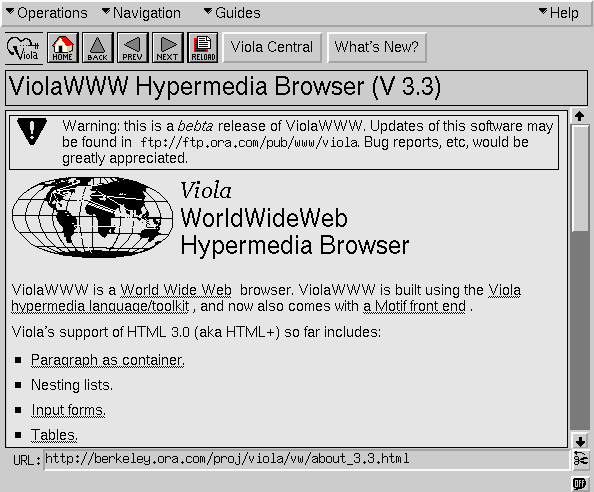SDxCentral’s Top 10 Articles — July 2017
 Juniper gets a new CTO from Google; Find out how Cisco's intent-based networking works.
Juniper gets a new CTO from Google; Find out how Cisco's intent-based networking works.
 Juniper gets a new CTO from Google; Find out how Cisco's intent-based networking works.
Juniper gets a new CTO from Google; Find out how Cisco's intent-based networking works.
What is IPv6 dual stack ? From some questions and comments on the website, I understand that there is a confusion about it. So, what does exactly dual stack IPv6 mean ? IPv6 is not a luxury anymore. It is not avoidable for the Service Providers especially. The biggest problem for the Service Providers […]
The post What is IPv6 Dual stack? What does IPv6 dual stack exactly mean? appeared first on Cisco Network Design and Architecture | CCDE Bootcamp | orhanergun.net.
Check out these new vendors that are driving innovation in enterprise data storage.
Top African and international Internet companies are supporting this year’s Africa Peering and Interconnection Forum (AfPIF), set for August 22-24 in Abidjan, Ivory Coast.
Netflix, Facebook, Google, Akamai, DE CIX, LINX, YAHOO, Netnod and FranceIX are among the global players supporting AfPIF while Liquid Telecom, Seacom, Angola Cables, Angonix, AFRINIC, and MainOne are the leading supporters from Africa.
In the last seven years, AfPIF has established itself as the most important Internet event with respect to peering and interconnection in Africa and any operator that is looking at growing their local, regional and global interconnection is best served at AfPIF.
 |
| Fig 1.1- Sample Topology- Switch and IP Phone |

This was adapted from a post which originally appeared on the Eager blog. Eager has now become the new Cloudflare Apps.
In fact, it has been a constant source of delight for me over the past year to get to continually tell hordes (literally) of people who want to – strap yourselves in, here it comes – control what their documents look like in ways that would be trivial in TeX, Microsoft Word, and every other common text processing environment: “Sorry, you’re screwed.”
— Marc Andreessen
1994
When Tim Berners-Lee announced HTML in 1991 there was no method of styling pages. How a given HTML tag was rendered was determined by the browser, often with significant input from the user’s preferences. To Continue reading

Welcome to another post in our Getting Started series. Keep reading to learn how to draft a Playbook that can be run in Ansible or Ansible Tower. You can also use it along with the Module Index and the other docs to build your own Playbooks later.
Playbooks are esentially sets of instructions (plays) that you send to run on a single target or groups of targets (hosts). Think about the instructions you get for assembling an appliance or furniture. The manufacturer includes instructions so you can put the parts together in the correct order. When followed in order, the furniture looks like what was purchased.
That's basically how a Playbook works.
The Playbook we're building will install a web server on a target RHEL/CentOS 7 host, then write an index.html file based on a template file that will reside with the final Playbook. You'll be able to take the example Playbook and additional files from this blog and test it out for yourself. While going over the example Playbook, we'll explain the modules that are used.
AuthorsThe author adds instructions for the modules to run, often with additional values (arguments, locations, etc. Continue reading
My EVPN-VXLAN lab topology:

There is IP Fabric in DC1 (2 vMX and 2 vQFX), and 2 vMX_v14 to emulate CE devices. Each CE device connected to EVPN via LACP LAG ae0 (EVPN Active-Active ethernet segment on service side). vMX_old-1 also has sigle-homed interface ge-0/0/4 (just to show you the difference).
Each CE device split into two logical systems for more convenient testing of routing functionality (global device context for Vlan100 and logical-system second for Vlan200). You could also use virtual-router routing instances for that, if you prefer this way. The rest of CE config is pretty self-explanatory:
The post Worth Reading: LinkedIn passes an IPv6 milestone appeared first on rule 11 reader.
A company's ability to leverage software depends on efficient infrastructure.
For developers, deep learning systems are becoming more interactive and complex. From the building of more malleable datasets that can be iteratively augmented, to more dynamic models, to more continuous learning being built into neural networks, there is a greater need to manage the process from start to finish with lightweight tools.
“New training samples, human insights, and operation experiences can consistently emerge even after deployment. The ability of updating a model and tracking its changes thus becomes necessary,” says a team from Imperial College London that has developed a library to manage the iterations deep learning developers make across …
Managing Deep Learning Development Complexity was written by Nicole Hemsoth at The Next Platform.